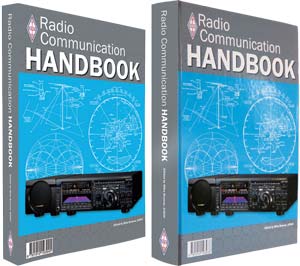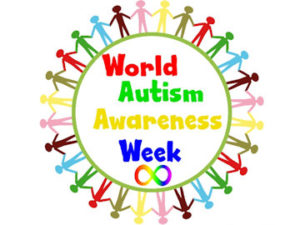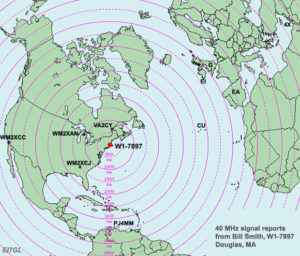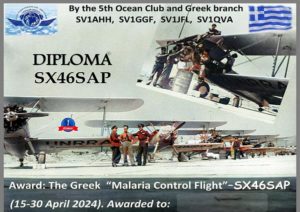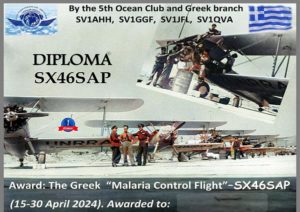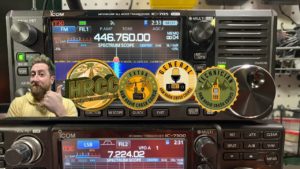RSGB Radio Communication Handbook
14th Edition
Edited by Mike Browne, G3DIH
This new edition of the RSGB Radio Communication Handbook has always been updated and re-written so that it remains one of the best guides in the world to amateur radio technology and practice. In 26 chapters, two appendices, 600,000 words on 832 A4 pages it covers the huge breadth of amateur radio
New for this edition is a new chapter devoted to Software Defined Radio (SDR) by the renowned author Andrew Barron, ZL3DW who gives an insight into the types of SDR receivers & transceivers, and how it works compared to conventional radios. There is also a new chapter on QRP (Low Power Operating) giving you an insight into operating on the amateur bands using power levels under 5 watts, which may be ideal for the foundation licensees restricted to 10W. Many other chapters including Propagation, Antenna Basics, ‘Measurements & Test Equipment’, and the ‘Great Outdoors’ have all been significantly updated. Readers will also find chapters on Transmitters and Transceivers both HF and VHF, alongside chapters covering EMC, Basic components, Data modes, and even the use of computers in the shack including basic programming of Arduino and Pinguino prototyping platforms. Morse Code is covered, explaining the type of learning methods, decoders, and which type of Morse key you should choose. There is much, much more besides, and far more than can be detailed here.
This book provides hundreds of pages packed with the distilled knowledge and experience of acknowledged experts on each topic. First published in 1938 the RSGB Radio Communication Handbook remains a hugely valuable tool that helps you get the very best out of amateur radio.
Corrections and updates
Page 17.8 Helical Antenna
Sometime after publication, the author discovered a mistake in his design in that the helical elements are all mounted with the feed point facing towards the center of the array. As a result, the phasing of the on-axis radiation from the elements will notionally be 0, 90, 180, and 270 degrees which reduce the overall gain and cause the main beam to squint off-axis. For maximum on-axis gain, the four elements must radiate in phase which requires all four feed points to have the same orientation, e.g. to the right-hand side of the ground plane.
The author analyzed the effects of the phasing error in an article published in Amsat Italia News but has not rebuilt the antenna. The original article has been retained as it shows relevant calculations and useful constructional techniques for similar array designs. The last paragraph contains the author’s measurements for the array as originally constructed. The gain of a correctly phased array would be somewhat higher.
See More:https://rsgb.org/main/blog/uncategorized/2020/10/26/rsgb-radio-communication-handbook/
If you have found a spelling error, please, notify us by selecting that text and pressing Ctrl+Enter.
